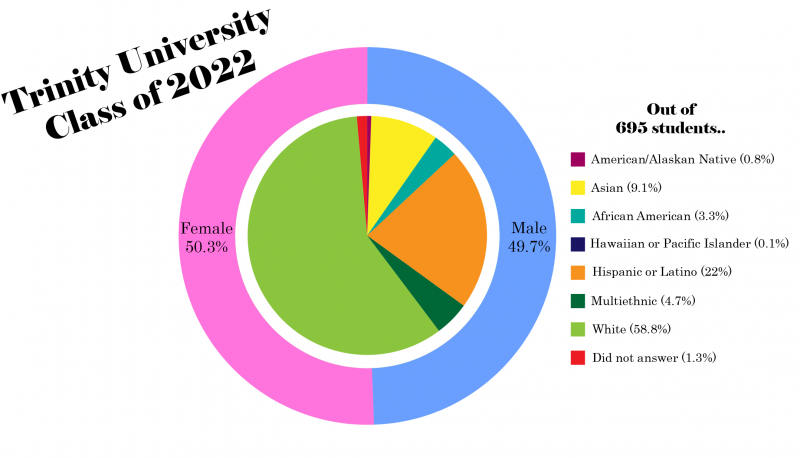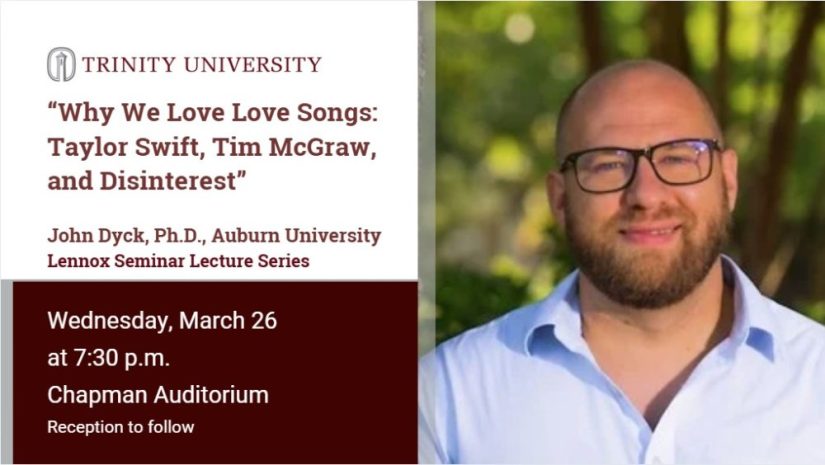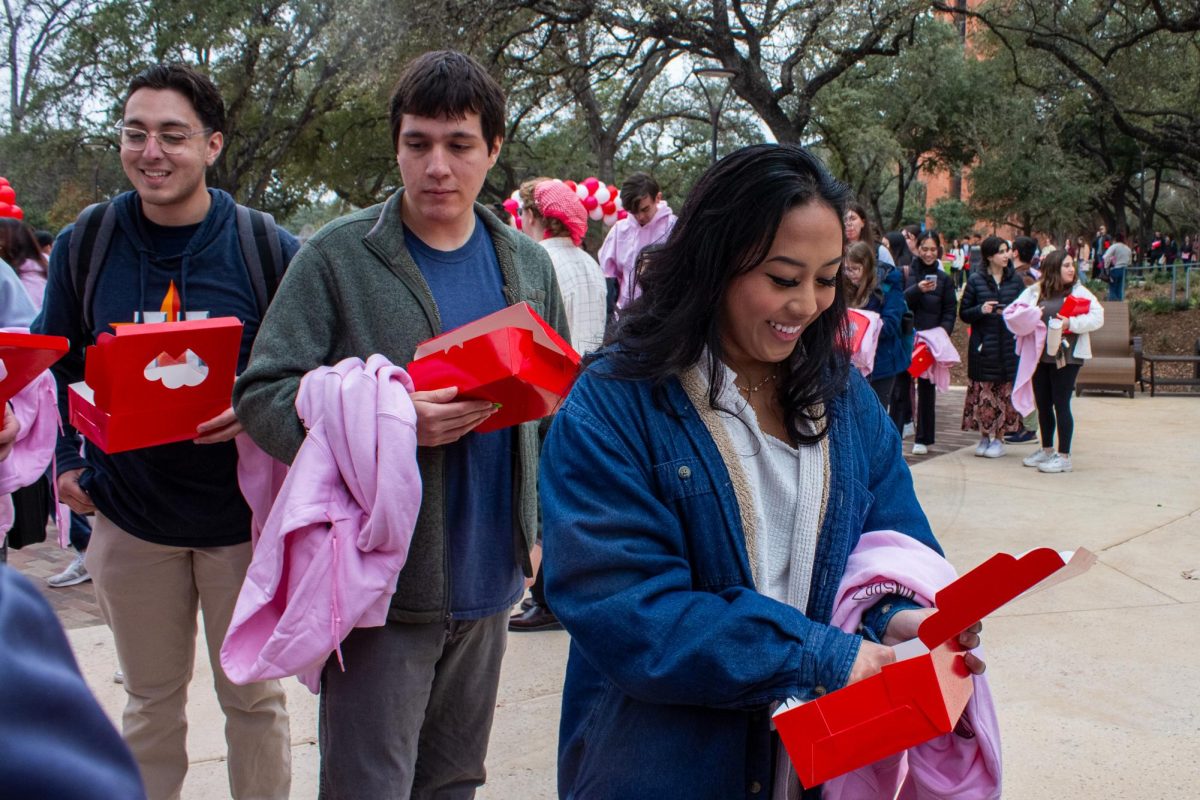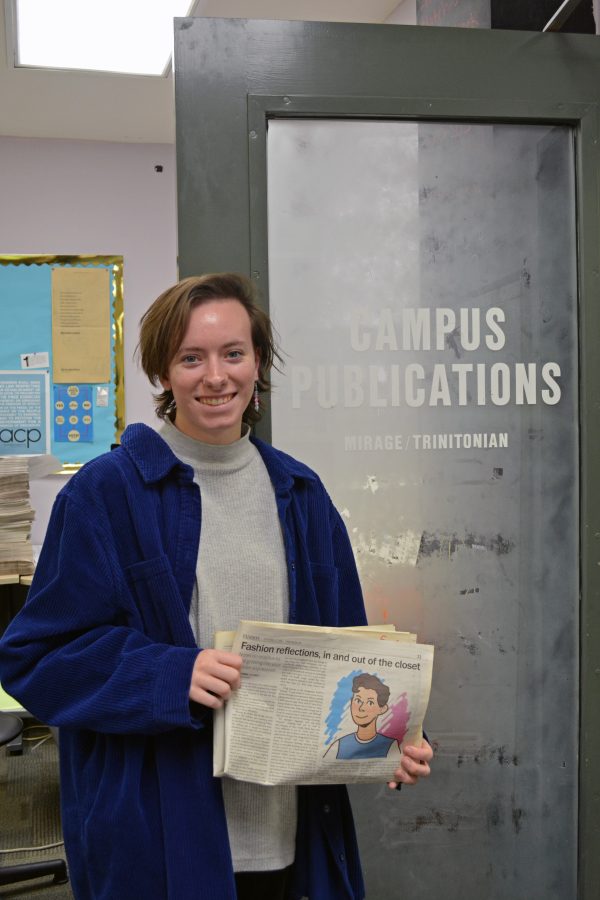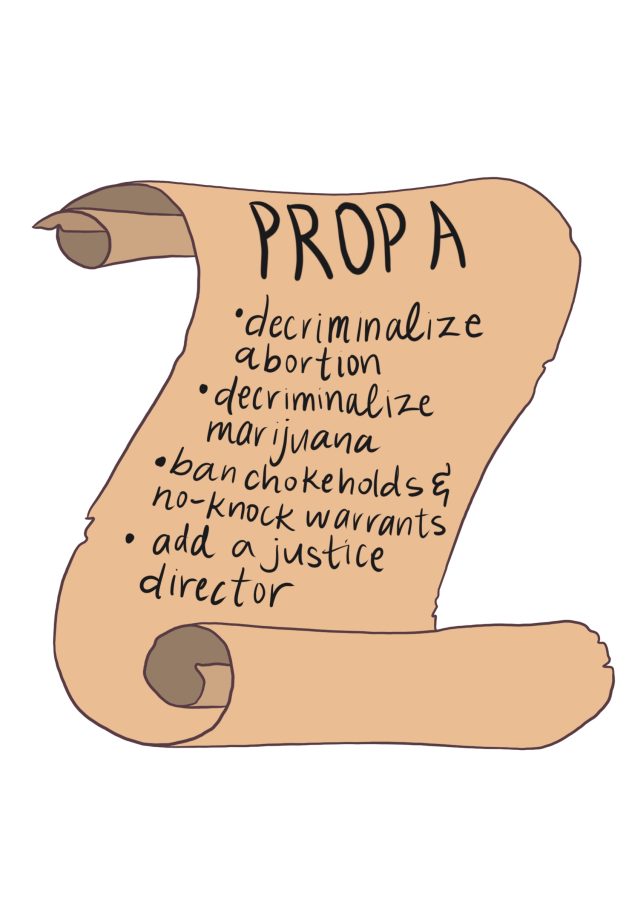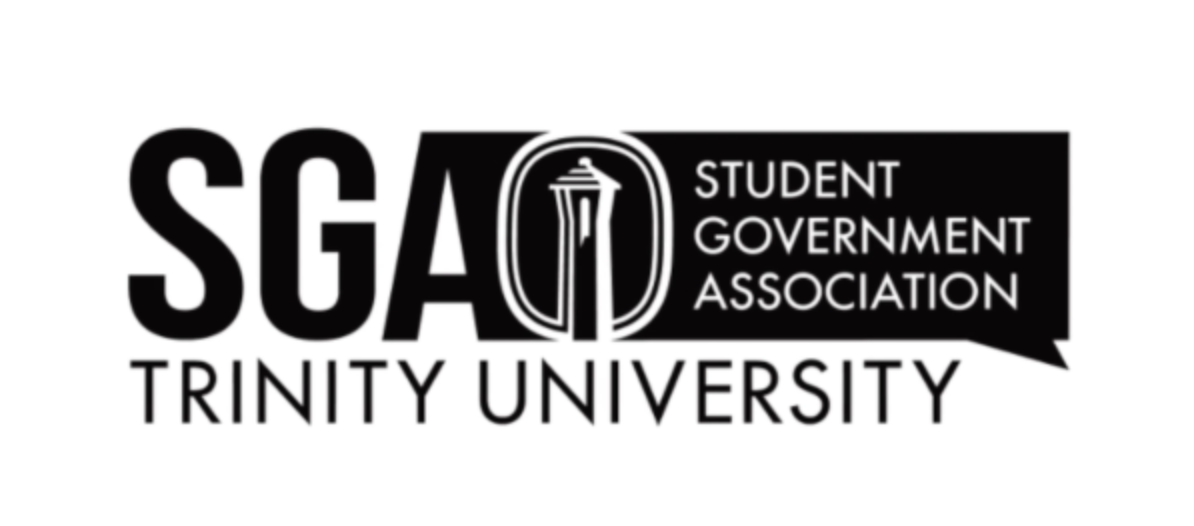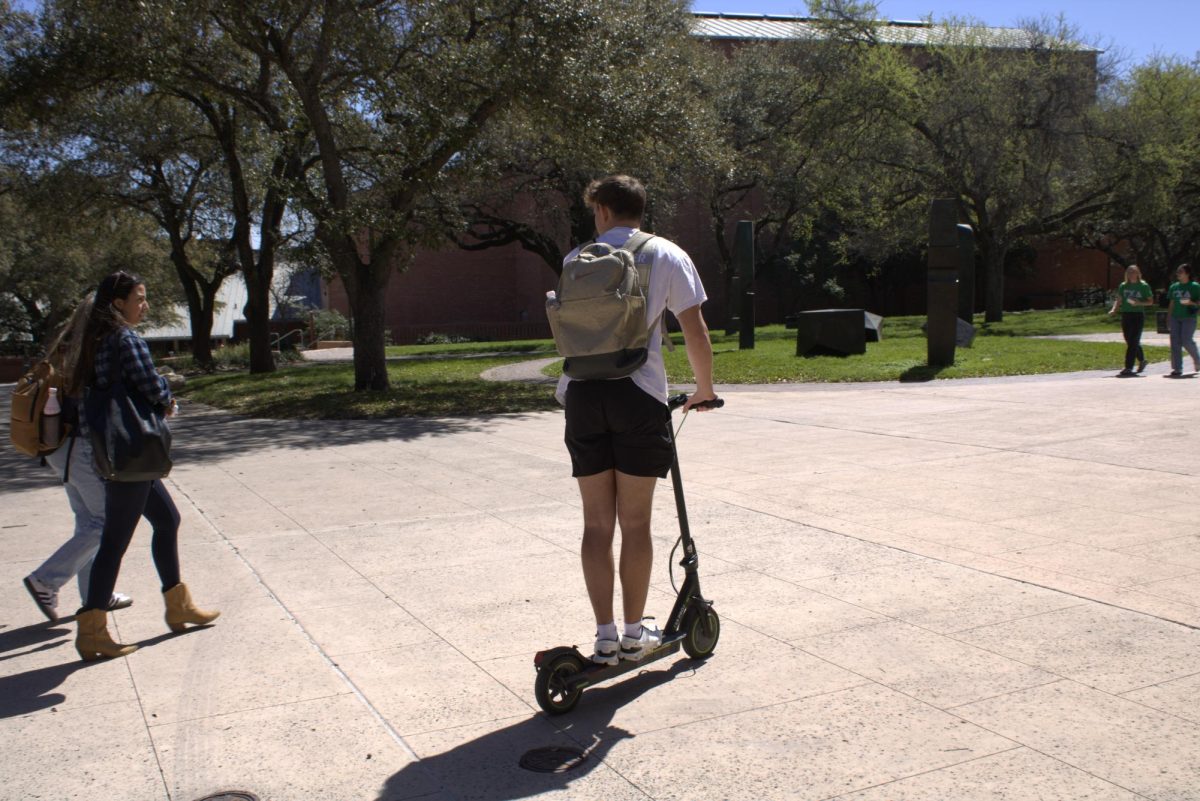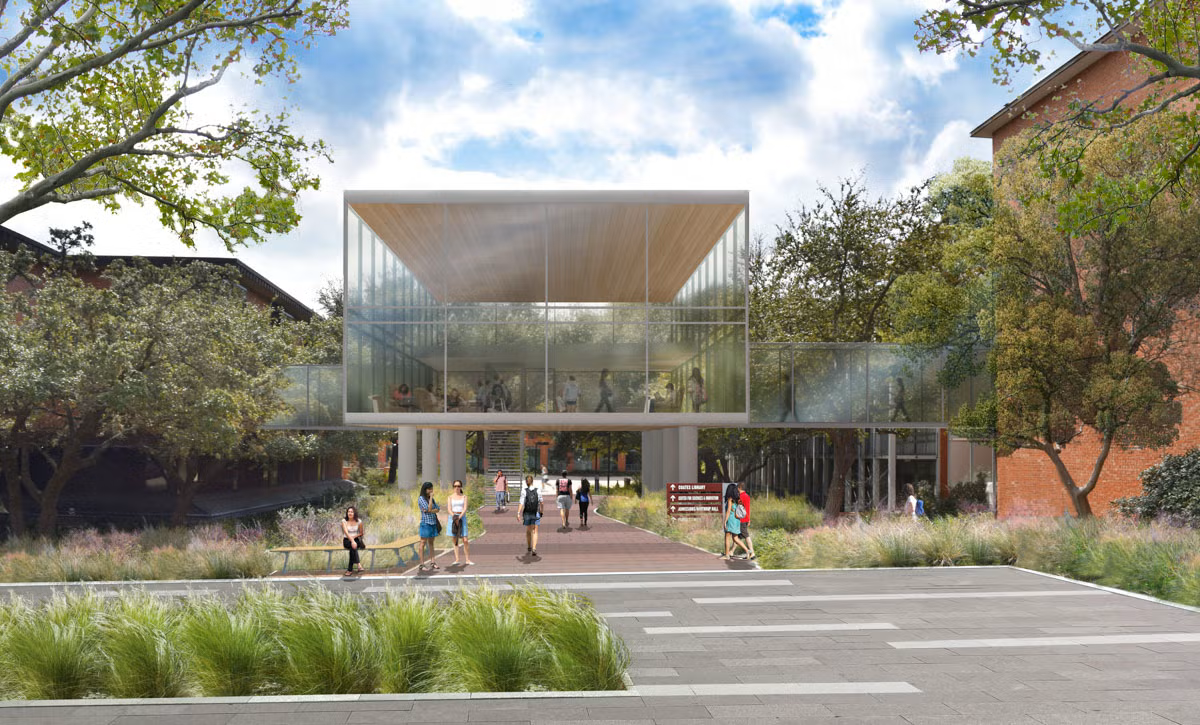Trinity promoted the class of 2022 as the largest, smartest and most diverse class in history, but not everyone’s vision of diversity is reflected in this year’s first-year class. Only 3.3 percent of the students are black.
Programs and partnerships are in development to increase that number. Trinity’s demographics are determined by a variety of factors in the recruitment process, including the efforts of Admissions, Strategic Communications and Marketing (SCM) as well as Diversity and Inclusion.
Trinity has an above average population of Hispanic and Latino students at approximately 20 percent compared to 16 percent at colleges nationwide. But the African-American population at the university is much smaller than the U.S. average.
Perhaps contrary to one’s mental image of campus, Trinity’s marketing products contain a wide range of representation. Brochures and advertisements for the university contain a seemingly disproportionate number of minority students.
“Good marketing is about holding a mirror to the people that you want to talk to so that they can see themselves in the story of your brand,” said Tess Coody-Anders, the vice president for Strategic Communications and Marketing. “Our job in marketing is to talk to the most diverse array of prospective students possible, and there is always an effort made to ensure that all kinds of people [can see] themselves in our story.”
In total, the percentage of ethnic minorities at Trinity is about 40 percent. SCM works to attract diversity outside of just race, including women in STEM and international students.
“We actually are — in terms of underrepresented students taken all together, I think Trinity is fairly diverse. But if you’re asking questions about specific groups, there’s always a bigger discussion to be had,” Coody-Anders said.
According to the 2010 United States Census, the percentage of African-Americans in Texas was around 12 percent, while San Antonio’s black population was around seven percent. Over the past few years, Trinity’s black student population has remained at around four percent.
“There definitely is a lot of sensitivity to making sure that we [and] our materials invite everyone to consider Trinity and not inadvertently represent ourselves as only for one particular kind of person,” Coody-Anders said. “Because if we don’t at least invite people of color to come to Trinity, if you don’t extend the invitation, then we have no hope of making our campus as diverse as we’d all like it.”
Alli Roman, director of Diversity and Inclusion, is conducting Trinity’s first Campus Climate Survey on diversity. The purpose of this survey is to understand the experiences of students, faculty and staff in relation to their own identities and with the identities of others. Roman hopes to introduce the survey in early February.
“We want people to be able to bring their full authentic selves to Trinity and my office can help create spaces that honor that,” Roman wrote in an email interview. “[The survey] serves to gain insight on what are some of the ways our institution’s campus climate supports diversity and equity and what are the areas where we can do better.”
SCM will be employing Student Experience Mapping, a survey that begins when you first start at Trinity and ends when you graduate, with a focus on LGBTQ+ students and students of color this year in order to find out more about the experiences of certain minority students. This mapping, Roman’s campus climate survey and a Gallup Employee Engagement Survey — also administered by SCM — will all be rolled out this year.
“We hope through those kinds of activities, we can start to really dig in on what is the experience for faculty, staff and students,” Coody-Anders said. “What makes Trinity a welcoming place, and a place where you want to work, learn, live and play. And use what we learn to set goals and new initiatives, and things like that.”
Coody-Anders described enrollment as a funnel, with SCM reaching out to as many diverse potential students as possible and filling the top of the funnel. Then, Admissions shuffles through the candidates, narrows down the funnel and makes a class of students.
“When we’re evaluating an application, the single biggest thing rests on their academic performance in high school. Outside of that, that’s where it gets really interesting and difficult, when it comes to making decisions,” said Justin Doty, dean of Admissions. “We’re looking for ultimately 640 students, but looking for geographic diversity, racial diversity, diversity of interest, diversity of talents.”
Private Texas liberal arts schools of similar size and smarts to Trinity, seem to follow some of the same ethnic trends as Trinity. Schools like Southwestern University and Texas Lutheran University also have over half the school consisting of white students and only four to 10 percent of students are black. These percentages are smaller than both Texas’s 12 percent and the United States’s 14 percent.
“For us, we’re in a part of the country where, I mean obviously if you look at Hispanic [and] Latino numbers it’s really strong, healthy percentage,” Doty said. “I don’t necessarily think, although I don’t know, that black students aren’t attracted to Trinity. I think it mainly comes down to the applicant pool that we’re working with. In my mind, a lot of it comes down to demographics in terms of geographically, where we are.”
Along with wanting to foster a sense of belonging at Trinity, Roman hopes to collaborate with Admissions and other campus partners to create a more diverse class at Trinity.
“The responsibility of recruiting a more diverse class should be a collaborative effort with various departments and units working together on this,” Roman wrote. “We can reach out to diverse communities in and outside of the San Antonio community.”
Admissions, closely with their new inclusion and access committee, is working directly to diversify the Trinity community. They have discussions about the logistics of new recruitment tactics, including a visit program for underrepresented students and a strong partnership between Admissions and Diversity and Inclusion.
“Every[one in admissions], East coast to West coast, everywhere in between. That’s something on the forefront of our mind when we’re in these high schools, when we’re at these college fairs, when we’re conducting interviews,” Doty said. “How can we hopefully attract and engage and get [African-American students] to visit the campus. It’s one thing to go out to them, but another thing in terms of how can we get them here to visit.”
Last year, Trinity Admissions joined a partnership with the Coalition For College, an organization consisting over 150 colleges that started in 2015. The Coalition focuses on outreach to low-income, under-resourced and first-generation college students.
“We are seeing this as a prime opportunity to further our reach of underrepresented populations in hopes of attaching more of these students to Trinity,” Doty said.
Admissions targets specific communities to promote diversity and success at Trinity. Doty says that diversity can be difficult when — in this incoming year’s case — 8,600 applications are narrowed down 692 students.
“When you ask about how do you know that you’re attracting as diverse of a pool as possible, we’re trying to reach across the U.S. and within each of these cities, really drilling down to the zip code level and in terms of this is the group, or cities, or areas, that we feel like could be a good match for Trinity,” Doty said. “We have to be really kind of laser-focused on which students, ultimately, could really thrive here.”

